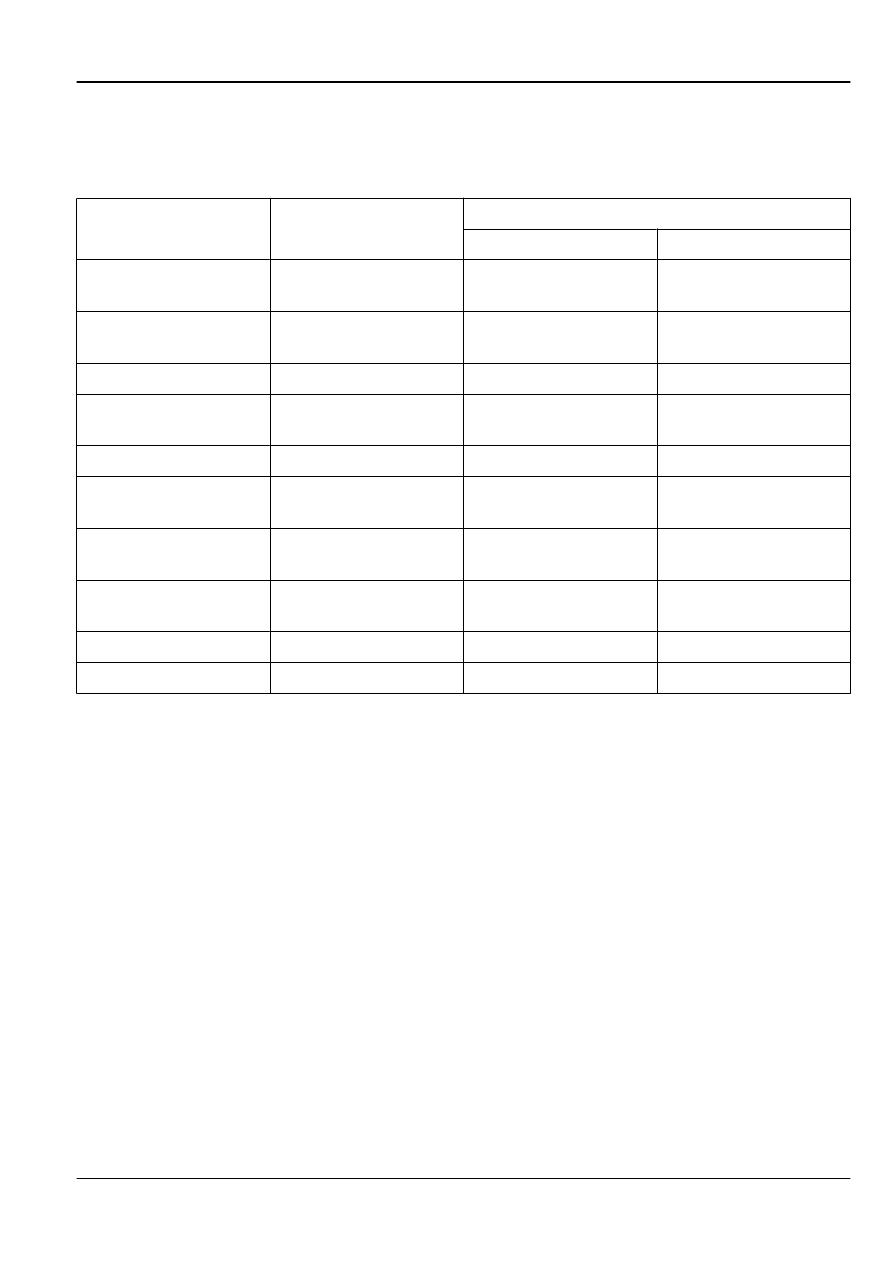содержание .. 294 295 296 297 298 299 300 ..
Geely EC718, EC718RV, EC715, EC715RV. Manual part - 299

6.4 Hydraulic Brake
6.4.1 Specifications
6.4.1.1 Fastener Tightening Specifications
Applications
Model
Specifications
Metric (Nm)
US English (lb-ft)
Brake Master Cylinder
Retaining Nut
M8
20-30
14.8-22.2
Brake Master Cylinder Tube
Connecting Nut
M10
11-21
8.1-15.5
Brake Hose Connecting Nut
M10
11-21
8.1-15.5
Vacuum Booster U-shape Clip
Locking Nut
M10
15-25
11.1-18.5
Vacuum Booster Retaining Nut
M8
20-25
14.8-18.5
Clutch / Brake Pedal Assembly
Lower Retaining Bolt
M8 × 16
20-25
14.8-18.5
Clutch / Brake Pedal Assembly
Upper Retaining Bolt
M8 × 15
20-25
14.8-18.5
Clutch / Brake Pedal Assembly
Retaining Nut
M8
16-26
11.8-19.2
Pedal Installation Screw
M10 × 130
30-40
22.2-29.6
Pedal Installation Nut
M10
30-40
22.2-29.6
Brake System
Hydraulic Brake
6-29